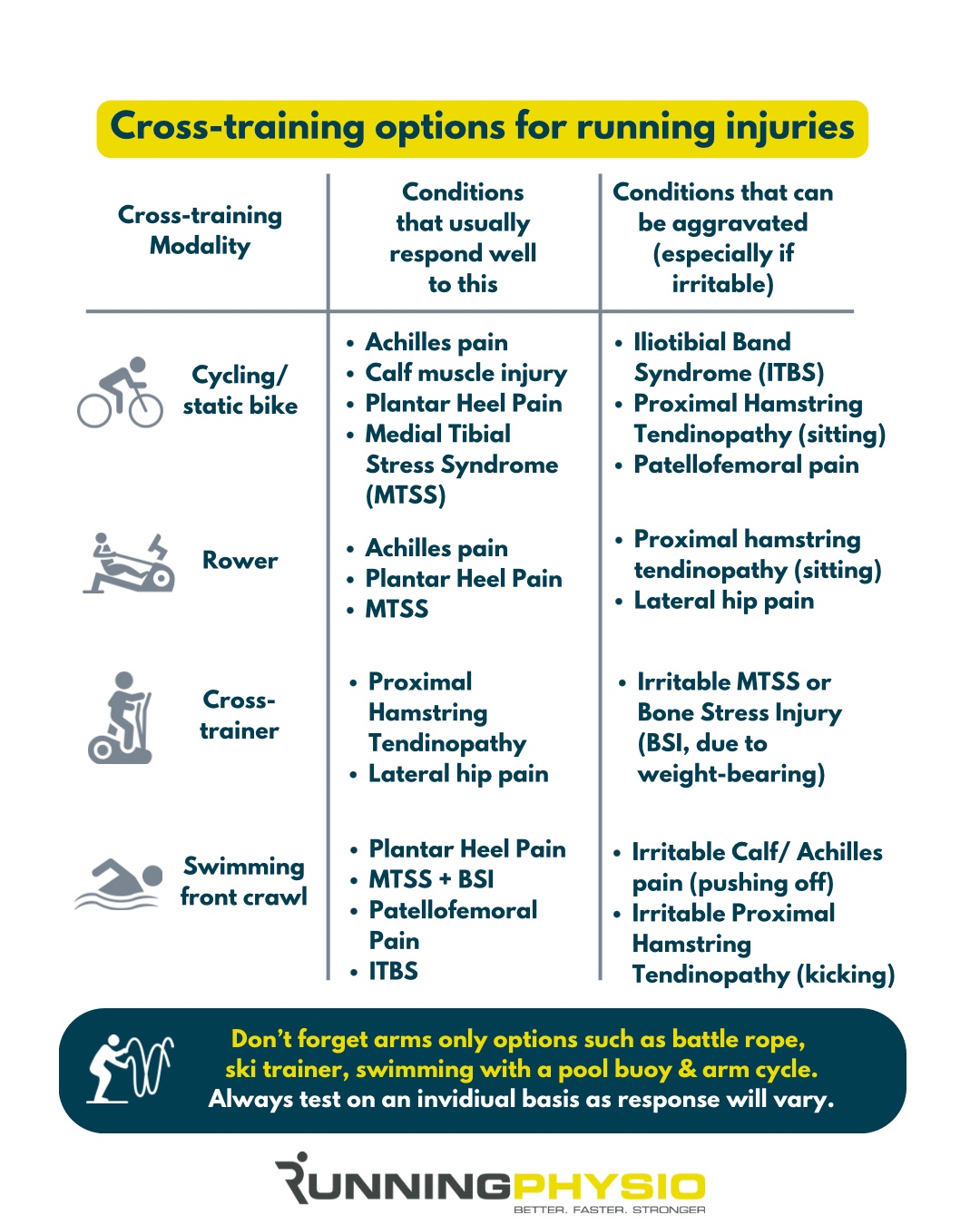Feeling your knee give out while walking can be frustrating and even a little scary. One moment you’re moving along just fine, and the next your leg feels like it can’t support your weight. Whether it happens randomly or you’re starting to notice a pattern, knee buckling is your body’s way of signaling that something isn’t quite right. Left unaddressed, it can stop you from doing things you enjoy, like hiking the trails, standing confidently at work, or just keeping up with your daily tasks.
Understanding why your knee might buckle is the first step toward regaining control. It’s not always tied to a single injury or age. Sometimes the issue builds up quietly over time. Other times it happens after a fall or twist. No matter the cause, getting to the root of the problem can help you avoid more serious issues. It can also tell you what your body needs to stay strong and how to prevent the same thing from happening again.
Common Causes of Knee Buckling
Knees are meant to be reliable. They carry your weight, support your movement, and keep you steady on all kinds of surfaces. When one or both knees start to buckle, it usually means something deeper is going on beneath the surface. Whether it’s a problem with the muscles, tendons, nerves, or bones, these issues tend to show up during everyday motion, especially walking.
Here are some of the most common reasons knees tend to give out:
– Muscle weakness: When muscles around the knee like the quads, hamstrings, or hip muscles aren’t strong enough to support movement, the joint can feel unstable or collapse mid-step.
– Ligament injuries: Sprains or partial tears in the ACL, MCL, or PCL may cause poor joint control. Even if you haven’t had a major incident, minor tears can trigger random buckling.
– Meniscus damage: The meniscus helps provide cushion and stability inside the knee. Degeneration or a tear can disrupt smooth movement and lead to sharp, unpredictable moments of instability.
– Neurological issues: Conditions that affect how nerves communicate with muscles, such as peripheral neuropathy, can interfere with coordination or signal timing, making the knee appear unreliable.
– Arthritis: Joint degeneration or inflammation wears down cartilage, resulting in stiffness, pain, and weakness that can make the knee feel like it’s going to give way.
A good example would be someone with a history of long-distance running who slowly begins to notice their right knee locks up or buckles after standing still. Over time, they may begin favoring the other side, creating an imbalance that puts even more strain on the problem area. Issues like these can develop slowly, and without the right support, they tend to get worse. Recognizing what’s behind the instability is the key to finding the right care.
When to Seek Medical Attention
While occasional knee buckling might not seem like a big deal, there are times when ignoring it can lead to bigger problems. Pay attention to how often and how severely your knee gives out. If it starts to happen regularly or if you notice it worsening over time, that’s a clear sign to consider getting it checked out by a professional. Waiting too long can turn a minor issue into a more serious one that might require extensive treatment.
Here are a few signs that should prompt a medical evaluation:
– Frequent or worsening episodes of knee instability
– Pain, swelling, or reduced range of motion
– A significant history of trauma or injury to the knee
– The knee visibly giving out during routine activities
Getting a timely diagnosis helps pinpoint the exact cause and paves the way for effective treatment plans. Early intervention often makes a big difference in preventing complications, reducing recovery time, and keeping you on your feet. The goal is to identify what’s going on before it impacts your everyday life further.
Treatment Options and Physical Therapy Services
The good news is there are several non-invasive treatments for knee buckling. Depending on the cause, your healthcare provider might recommend a combination of physical therapy, lifestyle changes, and possibly medication. Engaging in physical therapy is especially beneficial. It works by targeting the muscles and joints around the knee, enhancing strength, flexibility, and coordination. This approach not only helps tackle the immediate problem but also builds a more sustainable support system within your body.
Some common therapies include:
– Strengthening exercises: Focuses on building the muscles that support the knee, like the quadriceps and hamstrings.
– Flexibility and stretching routines: Aids in improving joint flexibility and easing stiffness.
– Balance training: Works on enhancing coordination and stability to prevent future episodes of buckling.
– Manual therapy: Involves hands-on techniques to reduce pain and improve function.
Even if surgery turns out to be necessary, undergoing physical therapy beforehand can prepare your body and aid in a smoother recovery post-operation.
Prevention Tips for Knee Buckling
Preventive measures can go a long way in minimizing the risk of your knee buckling again. With some care and adjustments, you can help stabilize your knee and support its overall health.
Here’s how you can make a difference:
1. Regular exercise: Incorporate a routine that includes strength training for your legs. Exercises such as squats, lunges, and leg presses can help fortify the muscles around your knee.
2. Wear the right shoes: Invest in shoes that provide firm support. Avoid footwear with too much wear and tear or inadequate arch support.
3. Be mindful of your movement: Pay attention to maintaining proper posture and alignment, especially during activities that put pressure on your knees, like running or lifting.
4. Stay flexible: Routine stretching can keep your muscles and joints agile, reducing the chances of stiffness or injury.
5. Listen to your body: Don’t overexert yourself. If your body sends signals of fatigue or strain, it’s wise to rest and allow it to recover.
Keep Moving Strong in Twin Falls
Tackling knee buckling head-on can make a significant impact on your life. Understanding the underlying causes and seeking timely, effective treatment are steps that can lead to lasting improvements. It’s about more than just alleviating symptoms. It’s about making sure your knees keep supporting you in all the ways that matter, from work to recreation.
If you’re in Twin Falls and dealing with knee buckling, know there’s help close to home. Personalized physical therapy services make a big difference when it comes to getting back on your feet with greater strength and confidence. Whether your issues are new or have been going on for a while, taking action now sets the stage for a healthier, more active lifestyle.
Take the first step toward stronger knees and a more active lifestyle today. Explore our physical therapy services at Wright Physical Therapy to find personalized care tailored to your needs. Our expert team is here to help you regain confidence in every step you take. Don’t wait—reach out now to start your journey to improved health and mobility.










